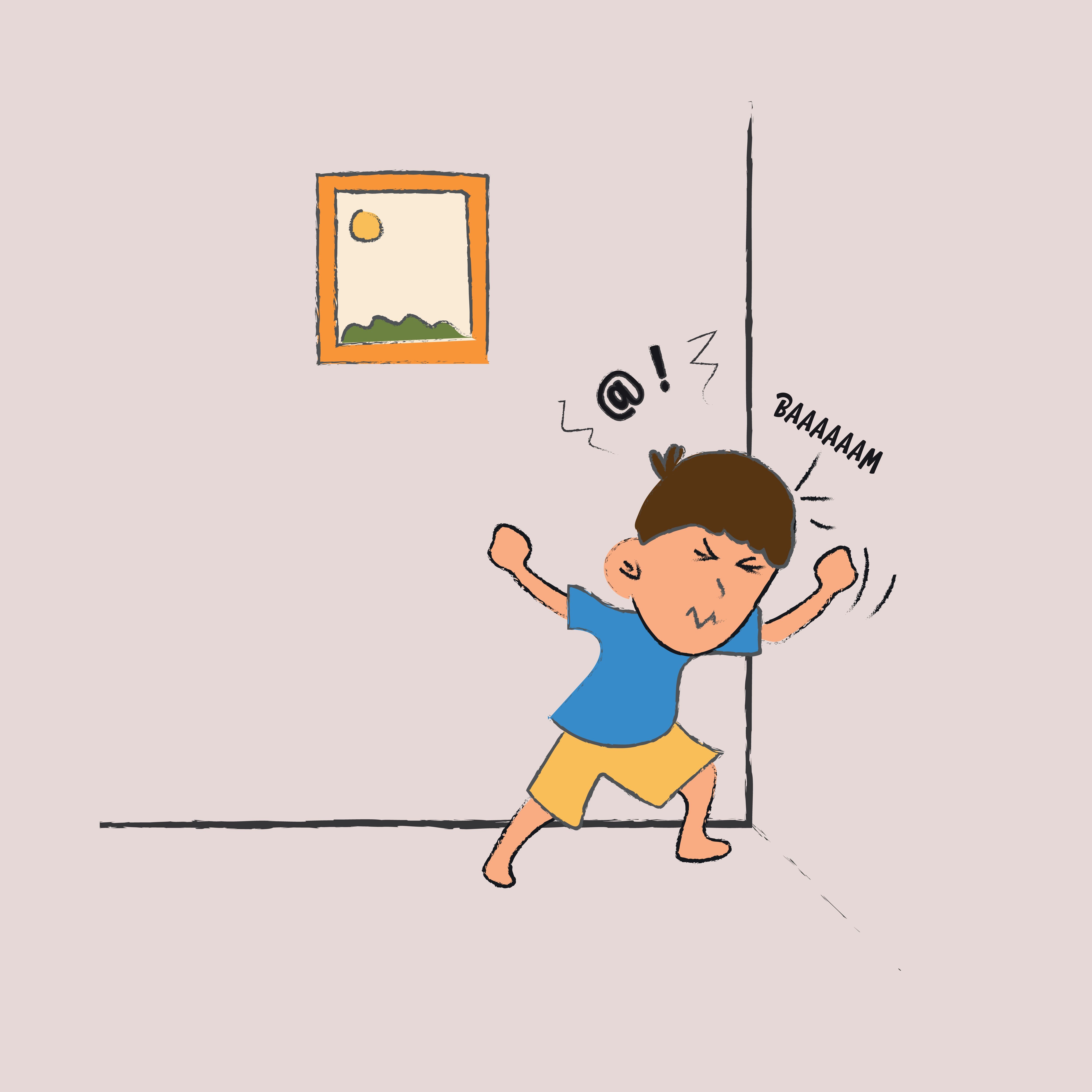Some parents may have witnessed their toddler bang their head against the mattress or on the couch. While this can be very unsettling to see, parents should know that in most cases mild head banging is nothing to worry about. Often times it's a form of release, or it can actually comfort a toddler to bang their head. It's self-soothing.
There are ways that parents can help with this if they know the reason behind the head banging. It's important for parents to know that they should try not to make a big deal out of it or yell at them for it. A parent's primary purpose during an episode like this is to make sure their toddler doesn't hurt themselves.
Parenting A Toddler: How To Set Limits In A Playful Manner
What Is Toddler Head Banging Considered?
According to the Journal of the American Academy of Child Psychiatry, studies show that as many as 20 percent of babies and toddlers will bang their heads on purpose. Typically, it is seen in more boys than girls. While it can start around the age of 6 months, it can last up to age 5. More times than not, children outgrow this by 2, but parents might want to be prepared.
A child goes down for a nap and bangs their head on the bed; moms might think they are being stubborn and don't want to nap. In reality, this is a self-soothing technique they use to calm themselves. It sounds absurd that banging one's head would do this, but it's true. The back-and-forth rhythmic rocking helps to settle them, says the Journal of Clinical Sleep Medicine.
A child can do this for upwards of 20 min to an hour at times. It really depends on their needs. Thinking about it in terms that, a toddler cannot always communicate what is wrong. If parents are seeing the head banging during the day, it may be that they are expressing frustration or pain.
If a child has an ear ache, they may tug at their ear, or they may bang their head. It hurts, they may try to distract themselves and soothe themselves by banging their head. The same goes for a tummy ache or teething.
What Does Toddler Head Banging Look Like?
- Banging their head into the mattress: This seems to be the most common form of head banging. Again, this is a self-soothing technique to wind themselves down for bed.
- They may hit themselves in the head with their hands: You will immediately feel like telling them to stop. Why would they be hitting themselves? It's ok. As long as they are not injuring themselves
- They may just turn their head fast and hard. Back and forth, almost hitting each side of their head against the mattress. You want to make sure they don't smack their head on the crib or headboard, though, that could cause a bigger issue.
- Hitting their head lightly on the wall or crib, again, make sure it's not a hard banging.
- They may rock back and forth and hit their head on the wall during the day. Use your judgment, if it's not physically hurting them, let them go.
What To Do About Your Child's Head Banging
Head banging can be an attention-seeking behavior. Parents may not want to show them attention during this time. When it is all over, and they are done, parents can give them attention. They can talk to them, and try to figure out the source of a particular episode.
Parents should try not to discipline them over this behavior. This is a natural thing. A lot of children do it.
Instead, parents could try to find alternative soothing techniques to use before bed. A warm bath, massage, or rocking them yourself can help.
When To Be Concerned About Your Child's Head Banging
Head banging is usually nothing to worry about. However, in some children, it can be a small part of a bigger issue, a developmental problem. According to the Cleveland Clinic if a parent suspects a developmental delay, a child is frequently banging their head and the banging has a strong force behind it, or they are hurting themselves, parents may want to consider seeking intervention from a medical professional.
Sources: National Library Of Medicine, Cleveland Clinic, Journal of Clinical Sleep MedicineJournal of the American Academy of Child Psychiatry





